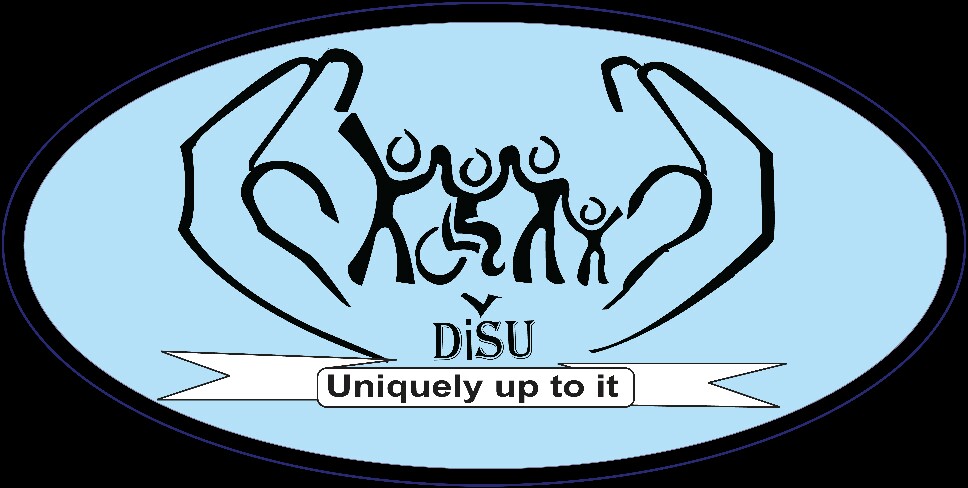The aim of this blog is to give good information about disability in Uganda. There is often a lack of good information. I have tried to find the best information, that I hope will be useful to all persons with disabilities in Uganda.
Is the information this blog supplies useful? What do you think?
The poster says about this video:
Is the information this blog supplies useful? What do you think?
The poster says about this video:
Councillor William Mwambu (from Masindi District, Uganda) explains how a lack of accurate data on disability greatly affects the way decision makers plan, budget, allocate resources and influence policies.



